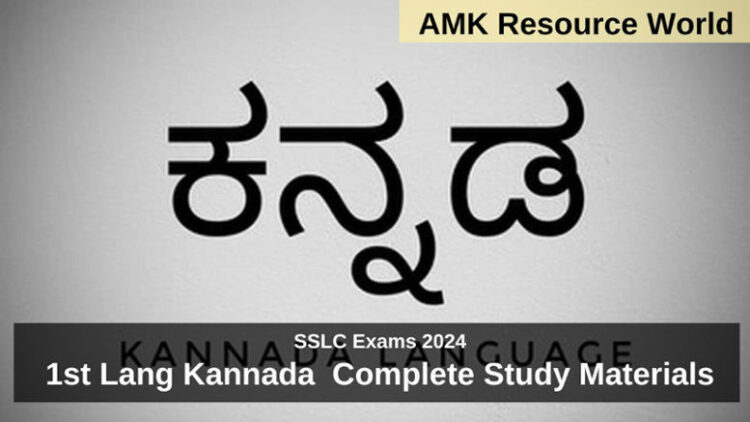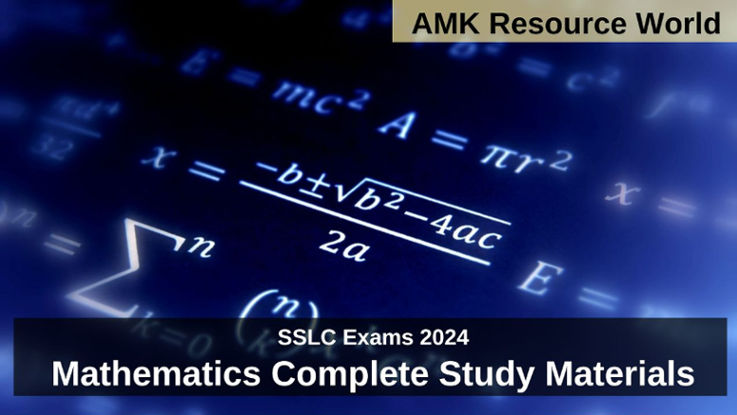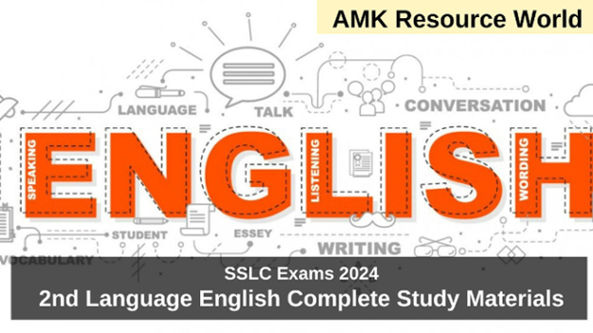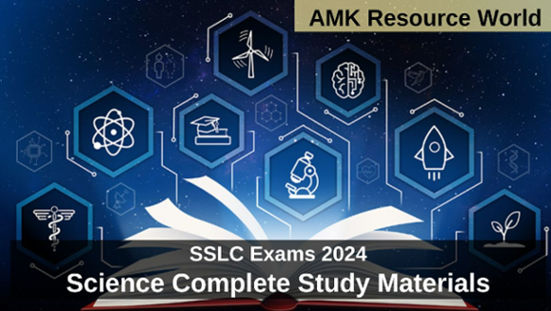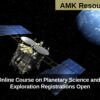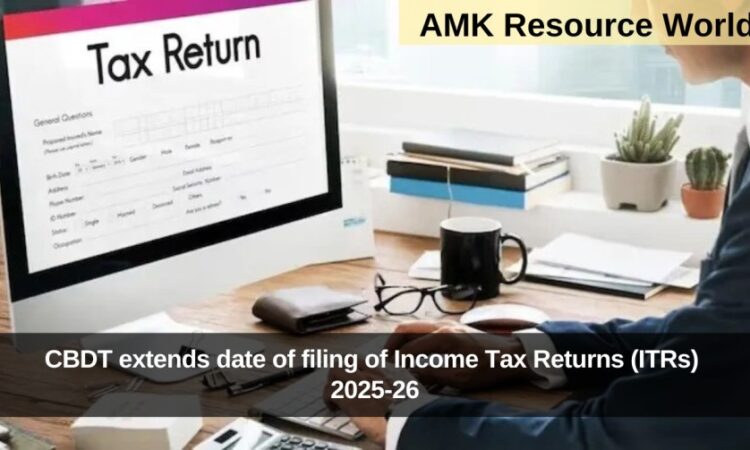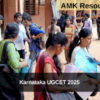PUC – PASSING PACKAGES
PASSING CAPSULES |
IMPORTANT QUESTIONS |
2nd PUC – PHYSICS
-
Electric Charge And Fields
-
Electrostatics Potential And Capacitance
-
Current Electricity
-
Moving Charges And Magnetism
-
Magnetism And Matter
-
Electromagnetic Induction
-
Alternating Current
-
Electromagnetic Waves
-
Ray Optics And Optical Instruments
-
Wave Optics
-
Dual Nature Of Radiation And MAtter
-
Atoms
-
Nuclei
-
Semiconductors Electronics
-
Communication System
2nd PU CHEMISTRY |
PART 1
-
The Solid state
-
Solution
-
Electrochemistry
-
Chemical kinetics
-
Surface Chemistry
-
General Principles and Process of Isolation of Elements
-
The P-Block Elements
PART 2
-
The d-and f-Block Elements
-
Co-ordination Compounds
-
Haloalkenes and haloarenes
-
Alcohols, Phenols, and Ethers
-
Aldehydes, Ketones and Carboxylic acid
-
Organic Compounds Containing Nitrogen
-
Biomolecules
-
Polymers
-
Chemistry in Everyday Life
2nd PU MATHEMATICS |
PART 1
-
Relation and Functions
-
Inverse Trigonometric
-
Matrices
-
Determinant
-
Continuity and Differentiability
-
application of Derivatives
PART 2
-
Integrals
-
A
-
B
-
Application of integrals
-
Differential Equations
-
Vectors Algebra
-
Three Dimensional Geometry
-
Linear Programming
2nd PU BIOLOGY |
-
Reproduction in Organisms
-
Sexual Reproduction in Flowering plants
-
Human Reproduction
-
Reproductive Health
-
Principles of Inheritance and Variation
-
Molecular Basis of Inheritance
-
Evolution
-
Human Health and Disease
-
Microbes in Human welfare
-
Biotechnology; Principles and Process
-
Biotechnology and its Applications
-
Organisms and Populations
-
Ecosystem
KNOWLEDGE HUB |
- The moon remains in the horizon for 12 hours during a day
- The zodiac is divided into 12 equal parts
- A belt in the celestial sphere in which we find sun, the moon and the principal constellations is called Zodiac
- The stars twinkle due to reflection of light
- The brightness of the stars vary due to distance of them
- The period of revolution of the earth is 365 days
- The period of rotation of earth is 24 hrs
- The sun crosses the celestial equator 2 times in the course of a year
- The biggest planet in the solar system is Jupiter
- The planet nearest to the sun is Mercury
- The constellation used to identify pole star is Ursa Major
- The comet lies in the constellation Cassiopedia
- The planet Saturn lies in the constellation Aquarious
- A month in the Indian lunar calendar system is divided into 2 Pakshas
- If the half moon is visible in the Zenith in the morning it will be again visible in the evening in the zenith after 15 days
- The phase of half moon is called quarter
- The motion of the earth around the sun is called Annual motion
- The points where the celestial equator and ecliptic meet are called Equinoxes
- The imaginary circle in the sky representing the apparent path of the sun is called Ecliptic
- The average distance of the planet Mercury from the sun is 39AU
- The average distance of the planet Mars from the sun is 52AU
- The average distance of the planet Pluto from the sun is 81AU
- The phases of moon are 4
- The sun and the host of celestial objects revolving round it are together called Solar System
- The total amount of energy emitted by a source in 1second is called Luminosity
- The visible disc of the sun is called Photosphere
- The layer of the sun lying just above the photosphere is called Chromosphere
- The layer of the sun which is visible only during the total solar eclipse is called Corona
- The dark irregular patches on the surface of the sun are called Sun spots
Keep Visiting for more updates










